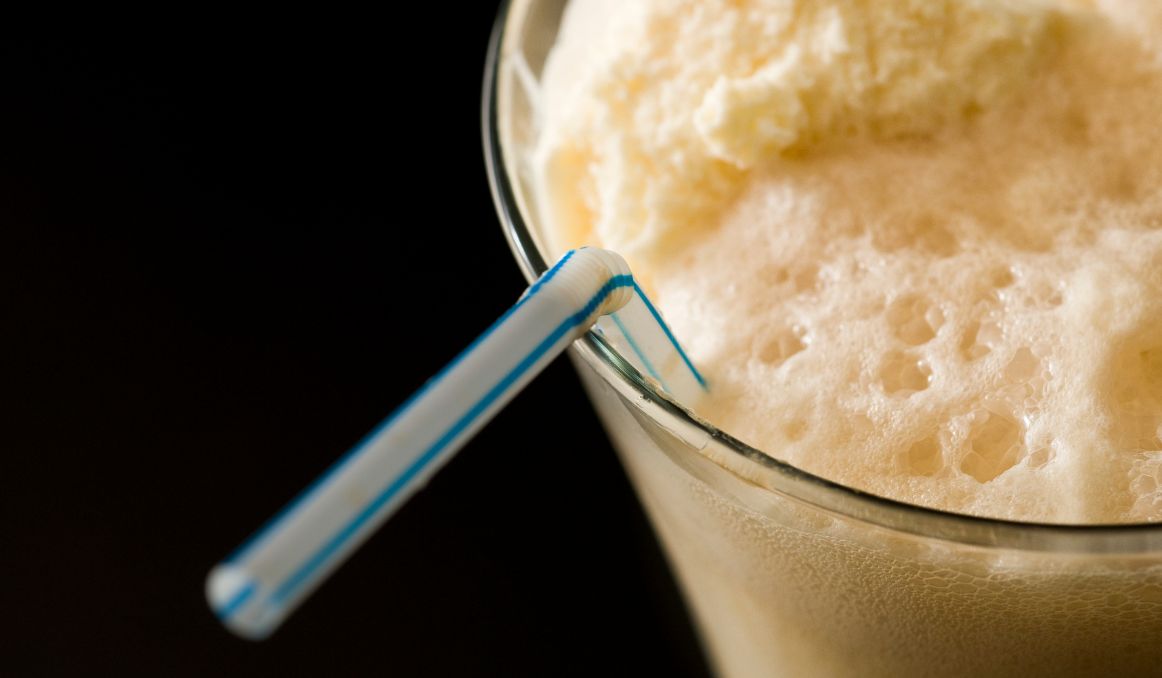What Is Root Beer Made From? A History of Health and Havoc
Root beer, for many these days, has gone by the wayside of all other sodas. People worry that they are packed with sugar, lack meaningful health benefits, and reserve root beer for a luxury or a treat to be enjoyed infrequently. Root beer floats, once a common treasure in households across North America, are now barely mentioned in reference to Saturday night desserts.
What is interesting is that most people who loved root beer for so many decades, and certainly most people today who barely give root beer a glance, have no idea of the once powerful place root beer occupied in American and European traditions.
Now, with the rise of the small, craft brewery across the world, we may be able to look forward to a reclaiming of root beer in its original form, or at least as close to it as we can get without poisoning ourselves.
When we ask, “what is root beer made from?” we must explore the history of root beer, where it began, and where we find ourselves now. Especially if we hope to breathe life back into this delicious drink with extensive health benefits.
The History of Root Beer
Root beer, unlike cola, lemon lime soda, orange soda, or virtually any other soft drink you’ll find on market shelves, has its origins in indigenous history.

Sassafras
Made from the bark of the sassafras tree, native to the northeast coast of North America and some parts of East Asia, root beer was once a tea and a tincture. The bark and the root of the tree were cultivated, brewed, and combined with other beneficial herbs and roots like ginger, licorice, and cinnamon, and given to people for a variety of ailments.
Sarsaparilla
A close cousin to sassafras is sarsaparilla, a vine native to Mexico and Central America. Indigenous peoples of the areas similarly used this vine for its medicinal properties, similar to those of sassafras.
Health Benefits of Sassafras and Sarsaparilla
The health benefits of both plants have been lauded for centuries and include:
- Urinary tract health
- Reduced symptoms of arthritis
- Clear skin and eyes
- Treatment of sprains
- Reduced itching and swelling from bug bites or stings
- Immunity boost
- Improved circulation
- Reduced symptoms of gout
- Soothes menstrual pain
- Anti-cancer properties
- Pain relief
- Detoxification of the body
And so much more.
The natives of the land used it wisely, in moderation, and medicinally. It was used for hundreds of years without reported incidents, and continued on into use for medical purposes when the Europeans encountered the natives and began to learn their ways.
Root Beer, using sassafras root, was brought to Europe, and the drink took off globally.
Western World and Root Beer
Once the colonists began exploring the potential uses for root beer, they included in their “list of things to brew.”
You see, during the 1700s and 1800s of colonial life, it was commonly known that water was not safe to drink. It carried all kinds of illnesses and people were generally wary of running water sources.
The solution was to turn water into beer.
Once you add grain, boil it, and ferment it, water is dramatically safer to drink.
Sassafras and Sarsaparilla joined the club and became what were known as “small beers.”
People of the time did not differentiate between alcoholic and non-alcoholic beverages. They gave their children “small beer” to drink, which typically had very low alcohol volume, close to 2%, and knew that it was much safer to drink than the water.
Corporations and Root Beer
The rise of commercialization and capitalism of course led companies to find ways to profit off of this beloved, foamy, sweet drink, and America welcomed Charles Elmer Hires as the first to successfully market a commercial brand of root beer. His brand was made from the sassafras root.
Barq’s Root Beer soon followed, with a recipe of root beer made using sarsaparilla.
IBC got involved next, and then many others of course, until it became a household name and part of the modern American diet.
Poison?
Then, in 1960, the FDA declared that sassafras was poisonous to humans, finding liver damage in laboratory animals. Come to find out, the compound safrole, which is found in sassafras naturally, can be toxic to the liver. Thus, the US banned the use of sassafras in human food and drink.
Despite the fact that you can now find sassafras with the safrole stripped out, and that sarsaparilla has none of the reported toxins, most root beer companies are using chemically flavored additives to create the root beer we find on shelves. You won’t be reaping any of those mentioned health benefits from your standard modern root beer today.
Further, many have called that study with rats into question, noting that it would take drinking an enormous amount of sassafras-based root beer to get the health detriments of safrole to your liver.
And that you likely take in many more carcinogens in many other food products you consume daily.
How to Brew homemade Root Beer

The traditional recipe for making homemade root beer calls for creating a syrup from molasses and water. You then let the syrup cool for three hours. Add your ingredients to the syrup: sassafras root and bark, or sarsaparilla root, and wintergreen. Finally, you add yeast and let it ferment for 12 hours. You can then bottle it and let it ferment again.
You will end up with a homemade root beer with about 2% alcohol in volume.
You can find the sassafras root, if that is the flavor profile you want to work with for your homemade root beer, free of safrole, so you won’t have any health or safety concerns.
From there, you can experiment with all kinds of flavors like ginger, vanilla, cherry bark, cinnamon, licorice, birch bark, dandelion root, hops, burdock root, and so on.
You can also experiment with different syrups, like alternating cane syrup instead of molasses.
The foam is naturally occurring in root beer as it is in beer, part of the fermentation process.
Making your own homemade root beer gives you the opportunity to return to those health benefits. Add a little homemade ice cream, and you’ve got yourself a healthy dessert!
Passionate about the beer and/or wine making process? So are we! If you’re interested in finding out how you can use our technology to control fermentation and monitor your yeast, save work hours and improve the cost-efficiency of your business, drop us a line at [email protected] or check out our product pages:
- Oculyze BB 2.0 (Better Brewing) Yeast Cell Counter App + Hardware
- Oculyze FW (Fermentation Wine) Yeast Cell Counter App + Hardware
Sources:
- Stephen Cresswell, Homemade Root Beer, Soda, & Pop, Storey Publishing, LLC, Jan 1, 1998
- https://en.wikipedia.org/wiki/Root_beer
- https://www.webmd.com/vitamins/ai/ingredientmono-674/sassafras
- https://www.srs.fs.usda.gov/pubs/misc/ag_654/volume_2/sassafras/albidum.htm
- https://www.healthline.com/nutrition/sassafras-tea-benefits#what-it-is
- https://www.healthline.com/health/food-nutrition/sarsaparilla#history
- https://www.bundaberg.com/en-us/the-difference-between-root-beer-and-sarsaparilla/


